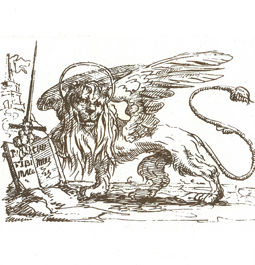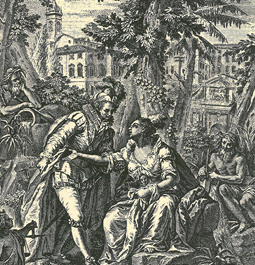Nicolò Gussoni - 1627
Bergamo’s new Venetian podestà (governor), who would end up running the city for 16 months before moving on elsewhere, was a man of experience, capable of seeing beyond the immediate confines of the city walls. For the Republic of Venice, the city represented the westernmost outpost of its inland territories, but was also an important crossroads for trade with continental Europe. Each year, at the end of August, one of Italy’s most important market fairs was held in the city’s Prato di Sant’Alessandro (Saint Alexander’s Meadow) – a vast open space situated between the city and the borghi (hamlets) that fanned out beyond its walls. Although welcoming tens of thousands of people and featuring two thousand wooden stalls, the fair was entirely temporary and had no permanent structures or roads to speak of.
Gussoni, wearing an elegant embroidered dress coat, took one look at his shiny black slippers with their silver buckles disappearing into the mud and decided that the limits of the fair should be defined on a permanent basis. Stone boundary pillars (the Colonne di Prato) were thus erected and the path across the meadow was marked out, paved over and lined with trees on either side.
400 years have now passed since that moment and what was once a meadow has now become the city centre. But Gussoni’s tree-lined path remains as an enduring legacy of the governor’s time at the helm of the city.

The plants























